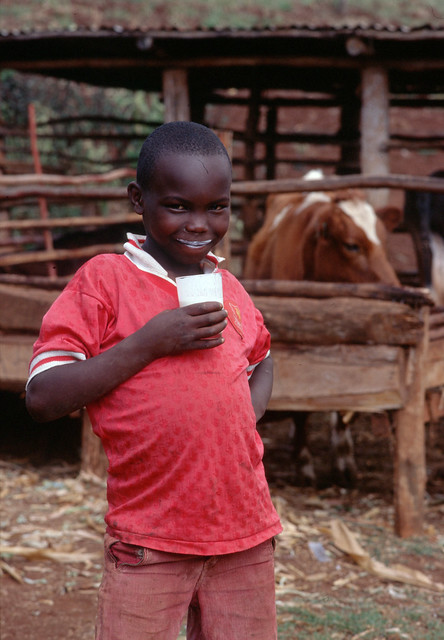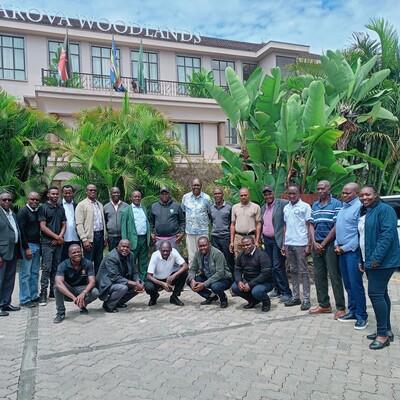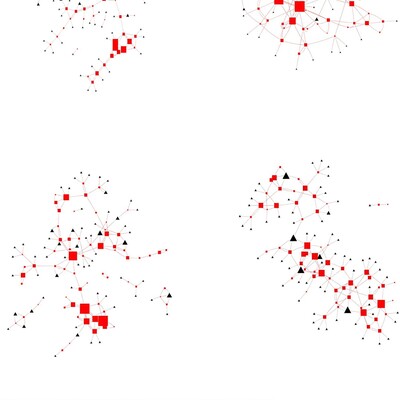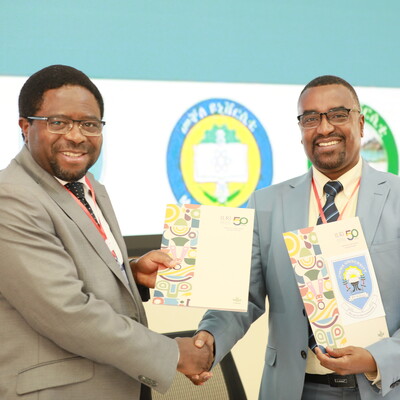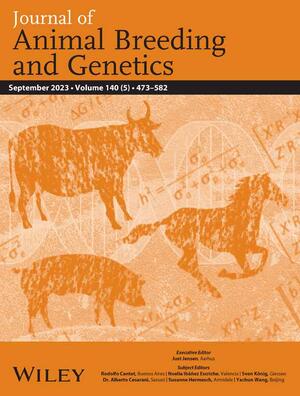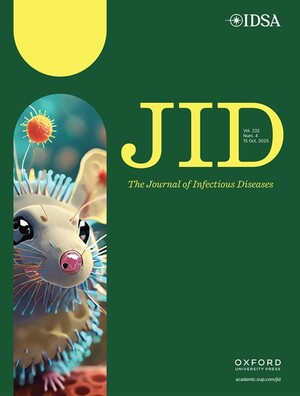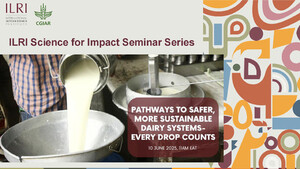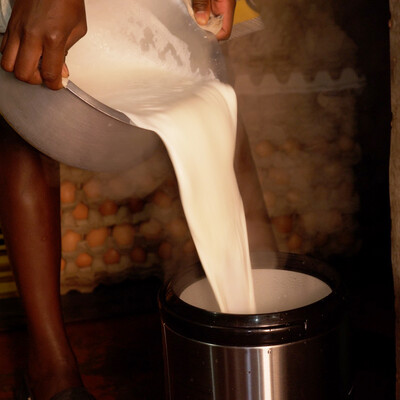
Leveraging behaviour change communication to improve nutrition in Kenya
Adequate nutrition is fundamental for improved livelihoods and sustainable development as recognized in the United Nation’s Sustainable Development Goals. According to the newly launched Global nutrition report 2016, ‘improved nutrition is the platform for progress in various spheres including health, education, employment, female empowerment, and poverty and inequality reduction’.
But adequate nutrition is not just about availability of enough food in a household. It also matters whether the individuals are actually achieving their nutritional needs. If the intra-household distribution is unequal, we can still have important nutrition problems in food secure households. In most households, more women and children, than men, are likely to suffer from poor nutrition because they have higher nutrition requirements than men, and in most cases, they eat much less nutrient dense foods, such as animal products, compared to men.
Despite findings in the Global Nutrition Report 2016 that Kenya is the only country in Eastern Africa that is on course to meeting all five of the World Health Assembly 2025 maternal and child nutrition targets, access to adequate nutrition for children is still a concern in the country because one in every four children is malnourished. The government of Kenya, through the ministries of agriculture and health is focusing on improving nutrition in women and children, in line with the goals of the country’s National Nutrition Action Plan (2012-2017) and the National Food and Nutrition Security Policy.
Various development initiatives are also supporting the government’s goals of improving nutrition in Kenya.
The Feed the Future Kenya Accelerating Value Chain Development (AVCD) program is working in 21 counties in the western, eastern and northeastern parts of the country on four value chains—dairy, livestock, root crops and drought tolerant crops—to widely apply technologies and innovations that will competitively and sustainably increase agricultural productivity, contributing to inclusive agricultural growth, nutrition and food security in the country.
Implemented by the International Livestock Research Institute (ILRI) in collaboration with the International Potato Center (CIP) and the International Crops Research Institute for the Semi-Arid Tropics (ICRISAT), the initiative is using behaviour change communication (BCC) strategies to improve access to diverse and quality food and bring about change in nutrition-related behaviour in households.
Particularly targeting women and children, the BCC strategies, which recognize that behaviour change is a process and promote appropriate positive behaviours, are focused on moving rural households diets from predominantly starchy staples with few or no nutrient-rich foods, to more diverse and nutritious (including equal distribution and uptake of nutritional foods) diets and encouraging sustainable practices and consumption patterns. The strategies are being applied in the dairy value chain component of the program, which is seeking to improve diet diversity, food security and rural household incomes in western and eastern Kenya.
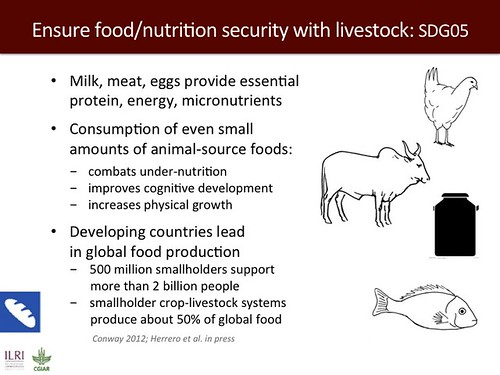
Image credit: ILRI
Livestock and livestock products are a key avenue for improving the nutritional status of smallholder households, through consumption of the animal source foods which not only fill nutrient gaps, but also enhance absorption of plant-based nutrients. Animal source foods are nutrient dense, provide macronutrients and a variety of micronutrients that are difficult to obtain in adequate quantities from plant source foods alone.
Unlocking new ways of influencing consumption patterns of dairy products
To reach smallholder farmers and equip individuals with basic knowledge and skills on agri-nutrition, the AVCD dairy component has, since January 2016, implemented several participatory interventions to promote partnerships and built on existing structures at the county level, bringing together the ministries of agriculture and health, community-based networks such as community health volunteers, mother-to-mother support group members and other stakeholders working in health and nutrition.
So far, 64 officers from the Ministries of Agriculture and Health have been trained as trainers across Busia, Kisumu, Homa Bay, Migori, Siaya and Vihiga. Nutrition practitioners from the Ministry of Health-Nutrition Department, Ministry of Agriculture-Home Economics Department in the six counties and other partners such as Heifer International were trained in basic principles of agri-nutrition using the applied agri-nutrition module. These trainees will train other community members on nutrition and link the nutrition aspect of the dairy component to other players and activities in the dairy value chain.
Through the three-day training sessions, which were held in June 2016, the AVCD program staff are integrating nutrition and agriculture as a way of moving from food security to food and nutrition security. They also serve as a platform for discussing possible ways of promoting consumption of milk and milk products for improved nutrition. During the training sessions, action plans were developed for specific sub-counties to help in the roll out of the AVCD program.
Global initiatives, local solutions
The AVCD dairy component also lobbied for the inclusion of the use of milk and milk products in the design of a baby-friendly community initiative (BFCI) manual and BFCI counseling cards, which will help implement practices that protect, promote and support optimal nutrition in maternal, infant and young child feeding. Once approved by the Ministry of Health, the BFCI materials will be used in the counties to enhance milk consumption at household and community level.





